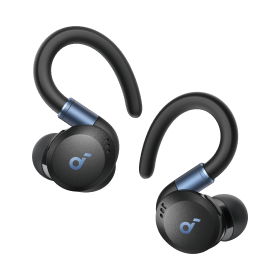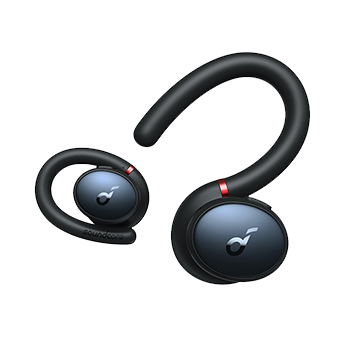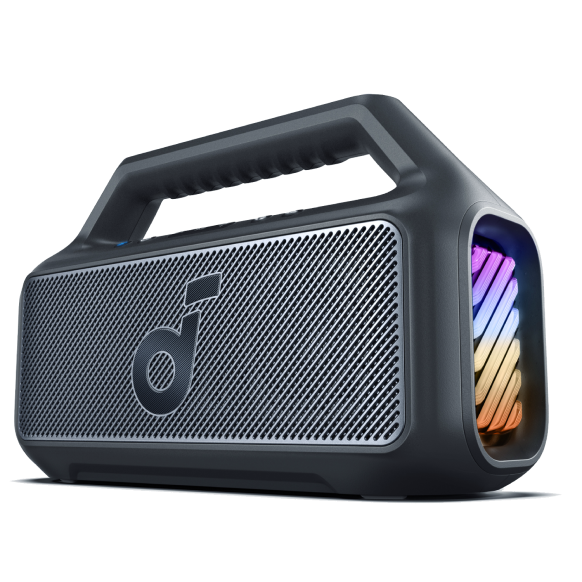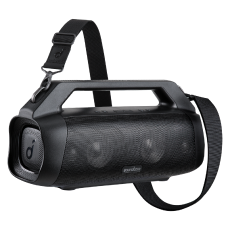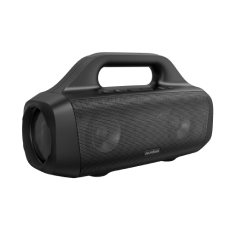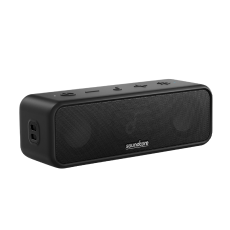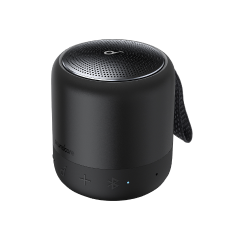What Would Be the Safe Headphone Volume?
Our headphones come with speakers for listening to audio or video. When using headphones, many users make mistakes that can harm their hearing. Research proves that not utilizing headphones at a safe volume or using headphones at an excessive limit can cause hearing loss. Users must be aware of how many decibels is safe for headphones, how to set the volume level of our headphones, and more importantly, how to know if our headphone is too loud. Keep reading and find the answer to these questions.
Ways to Check If Your Headphones Are Too Loud
Before listening to music or audio with headphones for a long time, we should check if our headphones are too loud, and adjust the volume to suit our ears to avoid ringing ears, also known as tinnitus in medical terms. Below are several ways to check how loud is too loud for headphones:
1. Perform the Ringing Test
This is a simple test that requires only a pair of foam earplugs and a quiet environment. Take a break from using your headphones; 2 or 3 days should suffice.
After 2-3 days, go to a quiet environment and insert the earplugs. Then, concentrate on your hearing, relax as much as possible, focus on your breathing, and stay completely still. You should hear a very slight ringing in your ears during the silence, which is your baseline level.
The following day, resume normal headphone use. Then, in the evening, repeat the test in a quiet environment again. If the ringing is louder than it was in the previous test, then it means that your headphones are producing too much noise.
Repeat as often as necessary to assess the effect of the volume level. When the ringing becomes louder than your baseline level, it is time to turn the volume down.
2. Using Headphones from a Distance
Try whether you can hear your headphones from a distance as the next test. Remove your headphones while the music is still playing and keep them at the normal volume level. Then, hold them out at arm's length in front of you. Can you clearly hear the music? If this is the case, try turning the volume down and repeat the process until you can’t ear the music from your earphone, which is the sweet spot for yourself.
3. Check and Control Headphone Volume
A good volume level is 70 dB - 85 dB. keeping the volume below 85 dB is a way to avoid hearing loss. Dr. Careen P. Henson, Clinical Audiologist suggests that keeping the volume controlled is the simplest way to avoid any hearing loss issues associated with headphones, normally it's best to keep the volume under 60%. And you can check the volume of your headphones in decibels (dB) with your phone, as there are features built-in or even third-party apps built for that.

4. Make Sure You Can Hear the People Around You
If you have trouble hearing sounds in your environment while wearing headphones, your volume may be too high. You must adjust the volume until you can converse with someone in the same room. But before you try this method, you must first deactivate the active noise-canceling feature on your headphones. You can quickly turn the active noise cancellation feature off by pressing the NC button on your soundcore headphones.
How to Measure Headphone Decibels?

You may have questions like "how many decibels are my headphones outputting", “how many db should headphones be”, or "how many decibels can headphones produce", to know the answer, you need to utilize a decibel meter, also known as a sound measurement device. This utility offers a feature to measure the decibel (dB) level of the sound output of your headphones. On this device, a safe volume level is suggested to be between 10 and 20, although it can be set to a decibel range between 60 and 70 dB. Here's how to utilize this tool:
- Connect your headphones to your audio source and play a song or sound at a normal volume.
- Start the decibel meter and keep it running until the indicator lights up.
- Put the decibel meter mic directly inside one of the earcups of your headphones. The decibel meter's LED display should automatically display the current dB level of the sound output of your headphones.
- To keep the headphones at a safe dB level, manually adjust the headphone's volume until it is less than 85dB.
Why You Shouldn't Be Listening Too Loud
The first thing that comes to mind when we hear about hearing loss is the cause of it. The most common cause of hearing loss is listening to music at an excessively high volume. The ear is a sensitive and complex organ. It has cells and fine hairs that pick up sounds from the outside world. If you listen to music at a volume that is too loud, it can hurt these cells.
According to research, we should listen to music at a dB level of 60 to 85 dB. If we raise the volume setting above 85 dB, we will risk damaging our hearing. Thus, we should avoid setting the volume too high or exceeding 85 decibels.
FAQs
1. How Many Decibels Is Too Loud for Headphones?
The acceptable volume range typically ranges from 60 to 85 dB in 8 hours. You are encouraged to listen at a volume of 70%, and no higher than 150 dB (100%). Limit your usage to 15 minutes if you are listening to music that reaches 100 decibels or more.
2. What Is the Safest Volume for Music?
Adults should limit their weekly listening time to no more than 40 hours and keep the volume no higher than 80dB. For teenagers and young children, 40 hours is still okay, but the volume should be reduced to 75dB.
3. Is 70 DB Too Loud for Headphones?
No, 70 dB is within the acceptable range. Just make sure to don't listen at 70 dB for a long period of time. Make sure to remove your headphones every now and then to allow your ears to rest.
Conclusion
If you listen to loud sounds for a long time, you could lose your hearing permanently. So, listeners, especially younger and less experienced ones need to be careful and pay attention right away. The best way to protect your hearing and avoid problems like tinnitus is to use headphones with a steady volume, no higher than 80 dB for adults and 75 dB for children and teenagers.














